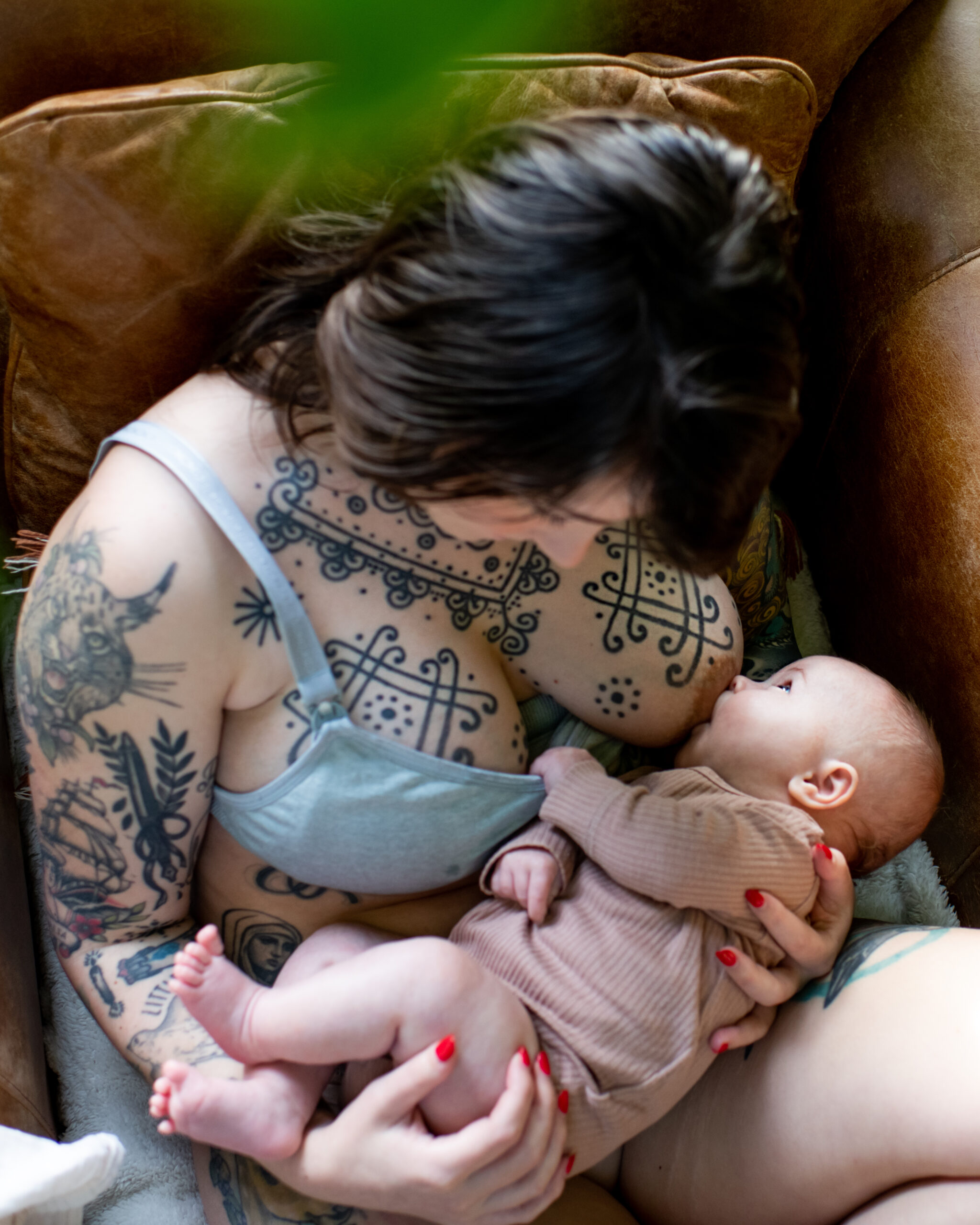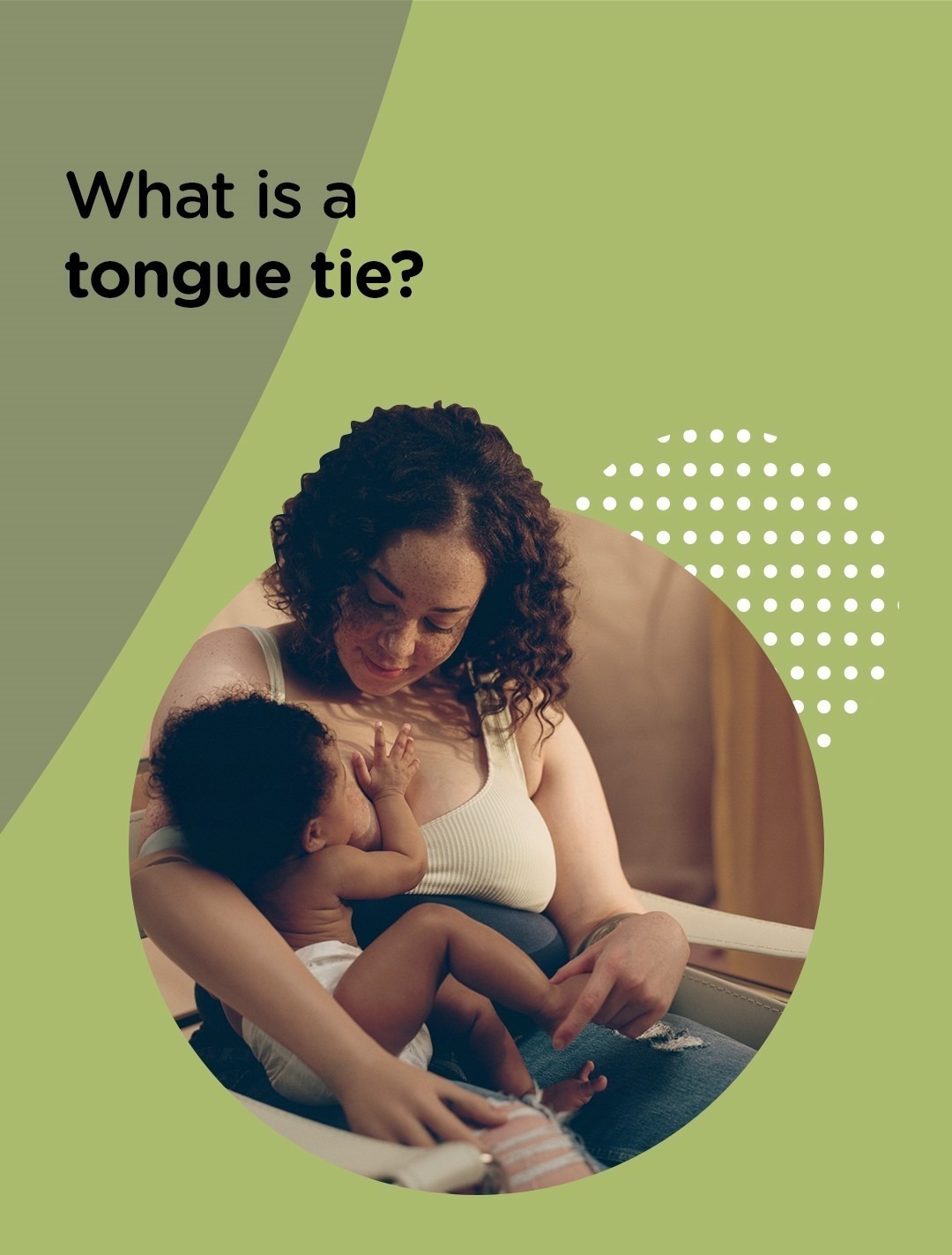When the time comes to start weaning their baby onto purees and solid foods, lots of parents wonder how much food their little one should be eating.
To help you out as you enter the world of weaning, we’re going to run through how and when to begin weaning. We’ll also cover how much food you should offer at each stage of weaning, and how much milk a baby should have once they’ve started weaning.
Is my baby ready to start weaning?
All little ones are unique, but most babies are ready to start weaning and exploring new foods and flavors from around six months of age.
You’ll know that your baby is ready to wean if they can:
- Sit up independently and hold their head steady
- Look at their food, pick it up and put it in their mouth and coordinate their eyes, hands, and mouth
- Swallow food and not spit or push it out of their mouth with their tongue
- Copy how others eat and show an interest in food
How much food to give when weaning a baby
The truth is how much food a baby eats at the start of their weaning journey is less important than getting them used to the concept of solid food and learning new skills.
In the beginning, little ones still get most of the nutrients they need from their usual milk feeds. The early days of weaning are mostly about learning how to chew, experimenting with different textures and flavors, and having fun with finger foods!
In terms of quantity, most parents start with one meal. This can be at a day at a time when baby seems the hungriest alongside their regular milk feeds, but it’s best to be guided by their appetite. If your baby has regular wet and dirty nappies and they’re growing healthily, then you can rest assured that they’re eating and drinking just the right amount.
Most parents gradually increase the amount of food and variety of ingredients they offer their baby over time until they can eat the same meals as the rest of the family. Of course, their meal will be in smaller, baby-appropriate portions.
Little ones are usually ready to move from two to three balanced meals (containing plenty of fruit, vegetables, carbohydrates, protein, and dairy) between the age of seven months and one year.
How much milk to give when weaning
Breast milk or formula should be a baby’s main drink until they reach their first birthday. Once they’re one year old, toddlers can begin to have whole cow’s milk or an unsweetened, non-dairy alternative.
When they first start weaning, babies continue to get most of their energy and nutrients from breast milk or formula feeds. So, you must carry on offering these regularly, as well as sips of water from a cup at mealtimes.
From around seven months, babies gradually move towards eating three meals a day (breakfast, lunch, and dinner). They will also have around four milk feeds a day – one when they wake up, one after their lunch, one after dinner, and a final one before bedtime.
Because they’re eating more solid foods, your baby’s appetite for milk during each feed will reduce. They may even drop a milk feed altogether.
- Breast milk feeds weaning: Breastfed babies who are weaning naturally adapt their feeds according to how much food they’re eating. You can carry on breastfeeding for as long as you both wish.
- Formula feeds weaning: According to the NHS, formula-fed babies between the ages of seven and nine months need around 600ml of milk a day while they’re weaning.
Can my baby have snacks while weaning?
Little ones under the age of one don’t need to have snacks. If they appear to be hungry between meals, simply offer them an additional breast milk or formula feed.
Once they’re over a year old, toddlers can have two healthy snacks a day alongside their three meals. Good snacks can be things like chopped fruit, vegetable sticks, toast, or plain yoghurt.
Can I overfeed my baby when weaning?
Although it can be tricky to know exactly how much food to offer, babies are very good at controlling their food intake according to their appetite, and they’ll soon let you know that they’re full by turning their head away and refusing to open their mouth during mealtimes.
There’s usually no need to worry about overfeeding your baby. But if you’re concerned about any aspect of their diet or weaning journey, don’t hesitate to reach out to your health visitor or family doctor for advice.


